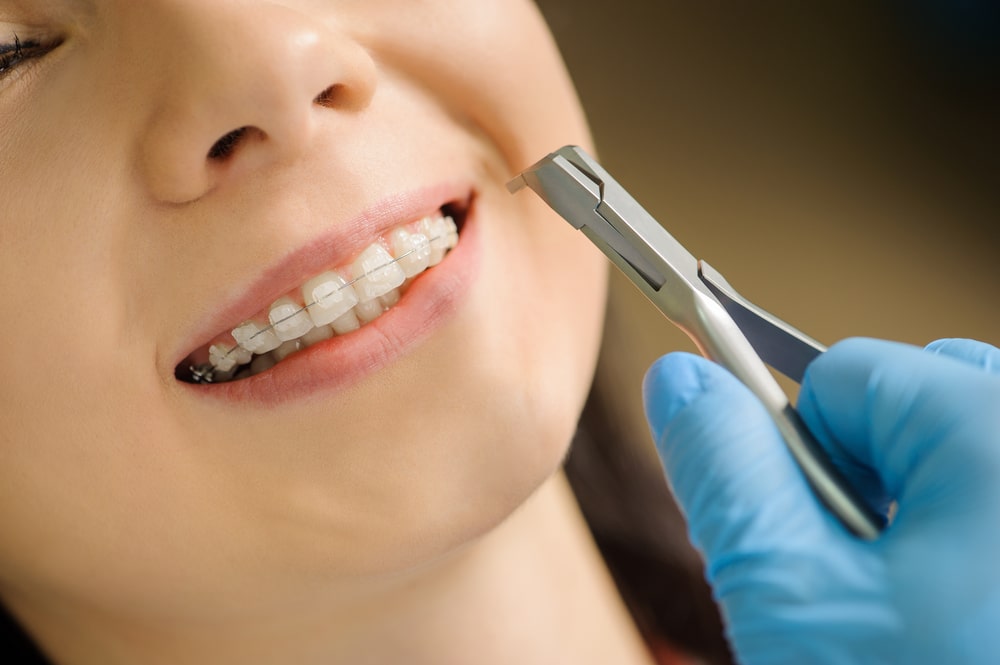Braces Academy: Everything You Need to Know About Orthodontics

When most people hear “dentist,” they typically think of general or family dentists. However, if you are dealing with more complicated or advanced issues with your smile, you may need to contact a specialist dentist, like an orthodontist. Here, you’ll learn about orthodontics and what you need to know about braces.
What Are Orthodontists?
An orthodontist is a specialist in handling complex issues pertaining to patients’ smiles. This usually entails correcting improper biting patterns, straightening teeth, and realigning jawbones.
Unlike regular dentists, orthodontists complete an extra four years of education after graduating from dental school. They can, therefore, handle complex issues because they have greater in-depth knowledge and sophisticated skills.
What Are Orthodontic Treatments?
Braces and clear aligners are among the most well-known and widely used forms of treatment. Remember that your needs and smiling goals will determine the best action.
Like visiting the regular dentist, you must schedule a consultation with an orthodontist like Banasiak & Nettune before any work is done. To completely comprehend your condition, our orthodontist will take some X-rays and thoroughly examine your mouth cavity. We will also talk about your preferences and dental/medical history.
Dr. Banasiak will then be able to recommend the best course of action. This usually means using Invisalign® clear braces, self-ligating braces, or traditional metal braces.
Invisalign® Clear Braces
Invisalign® moves your teeth using specially made medical-grade plastic trays rather than braces. Dr. Banasiak will provide you with a fresh set of trays to wear every two weeks. However, for this treatment to be fully successful, you must wear your trays for at least 22 hours per day.
Self-Ligating Braces
Self-ligating braces are fixed orthodontic appliances that can correct teeth misalignment and bite irregularities. They do not rely on elastic bands or ties to gradually pull the teeth into better alignment, and they typically result in less friction and pressure during the process, which can provide greater comfort. This advanced system is known for its versatility, efficiency, and efficacy and often gives patients a more pleasant treatment experience.
Metal Braces
Traditional metal braces have been used for years to help patients get the smile of their dreams. Your teeth are moved into a healthy position using brackets, arch wires, and occasionally small elastics created to fit your mouth dimensions. Long-term, consistent pressure on the teeth guarantees that, after treatment, your smile will be both attractive and functional. If you’re looking for a more inconspicuous treatment, ceramic braces are an alternative to metal braces.
Learn How to Care for Your Braces & Get the Best Results
Whichever type of braces you wear, here are some useful orthodontic care tips to help take care of your appliance:
- Brush your teeth after each meal. Food particles can gather around brackets and wires and create discomfort, so be especially careful when scrubbing those places.
- Regularly floss your teeth. The best option is to use a floss threader or other flossing instruments made specifically for braces.
- Avoid chewy, hard, and sticky foods like popcorn, caramels, and gum. These can cause your braces to break or come free.
- Foods like apples, carrots, and corn on the cob can get lodged in your braces, so be cautious when eating them.
- A mouthguard should always be used when participating in contact sports.
It’s also important to see your orthodontist at Banasiak & Nettune to ensure that your braces are working properly and that your orthodontic treatment will result in the best smile you can have.
Schedule an appointment with Dr. Banasiak to start your journey towards a straighter, healthier smile. To learn more about our orthodontic options, contact Banasiak & Nettune Orthodontic Associates in Basking Ridge and Mendham, NJ, today for more information.
